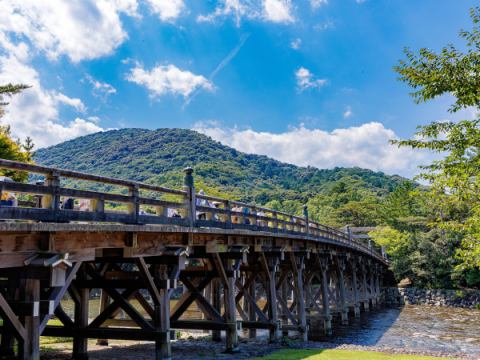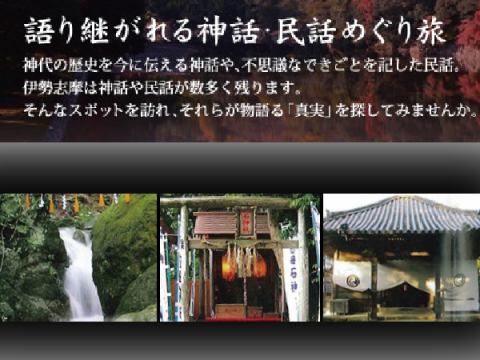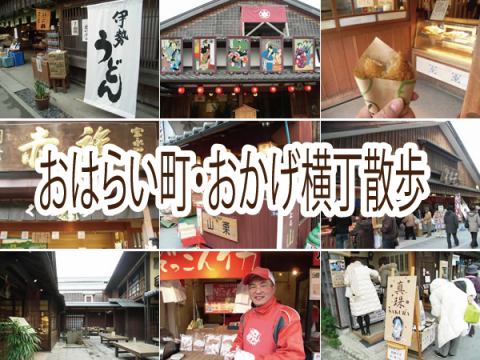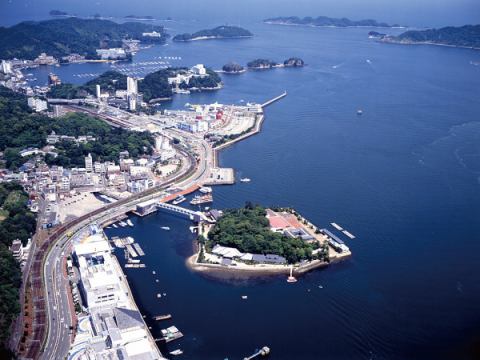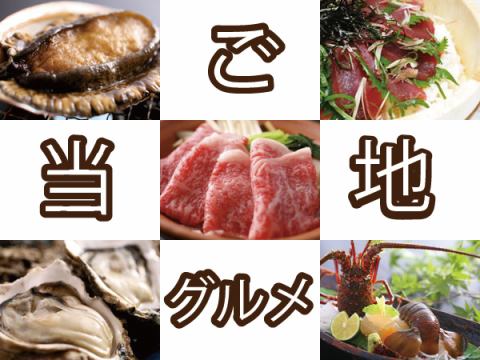- Top
- Surrounding tourism
Ise Jingu Shrine
The sacred air drifts this feeling as if it were purged both mentally and physically each time you visit.
If you come to Ise, this is a spot you should stop by.
Ise Jingu Shrine there are two imperial shrines of the Emperor 's Daigo Shrine that enshrines the Amaterasu Pacific Omojin (Amaterasu Daigo) who deified the sun, and the Toyoshida Jingu Shrine, which worships the Toyoteni Daijin, the guardian goddess of clothing and shelter, The Ogasumiya is the Uchimiya (nukku), the Toyoshida Jingu Shrine is called the Gaikoku (Goku) "5".Because the Uchimiya and the grand shrine are separated, there are many people who only visit the Nakamiya for sightseeing, but "5" that it is correct to visit the Uchida after visiting the grand shrine first.
In a broad sense, "Jingu" collectively refers to 125 shrines, including auxiliary shrines, branch shrines, subsidiary shrines, and supervised shrines.In this case, the locations are distributed across four cities and two counties within Mie Prefecture.
Ise Jingu Shrine is historically tied to the authority of the imperial family and the court in order to worship the Amaterasu Amagi, a goddess of the imperial family, and it is customary for the Prime Minister and the Minister of Agriculture, Forestry and Fisheries to visit at the beginning of the year even today ing.Additionally, Shikinen Sengu is held once every 20 years. (See Wikipedia)
If you come to Ise, this is a spot you should stop by.
Ise Jingu Shrine there are two imperial shrines of the Emperor 's Daigo Shrine that enshrines the Amaterasu Pacific Omojin (Amaterasu Daigo) who deified the sun, and the Toyoshida Jingu Shrine, which worships the Toyoteni Daijin, the guardian goddess of clothing and shelter, The Ogasumiya is the Uchimiya (nukku), the Toyoshida Jingu Shrine is called the Gaikoku (Goku) "5".Because the Uchimiya and the grand shrine are separated, there are many people who only visit the Nakamiya for sightseeing, but "5" that it is correct to visit the Uchida after visiting the grand shrine first.
In a broad sense, "Jingu" collectively refers to 125 shrines, including auxiliary shrines, branch shrines, subsidiary shrines, and supervised shrines.In this case, the locations are distributed across four cities and two counties within Mie Prefecture.
Ise Jingu Shrine is historically tied to the authority of the imperial family and the court in order to worship the Amaterasu Amagi, a goddess of the imperial family, and it is customary for the Prime Minister and the Minister of Agriculture, Forestry and Fisheries to visit at the beginning of the year even today ing.Additionally, Shikinen Sengu is held once every 20 years. (See Wikipedia)

